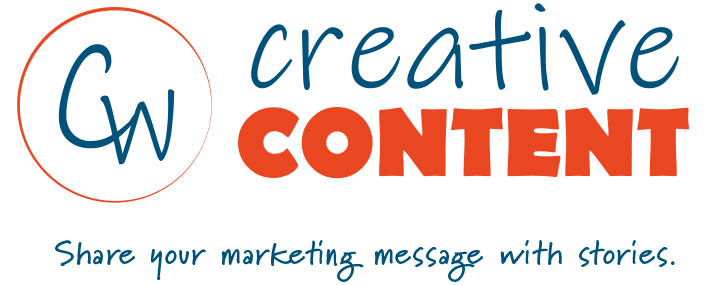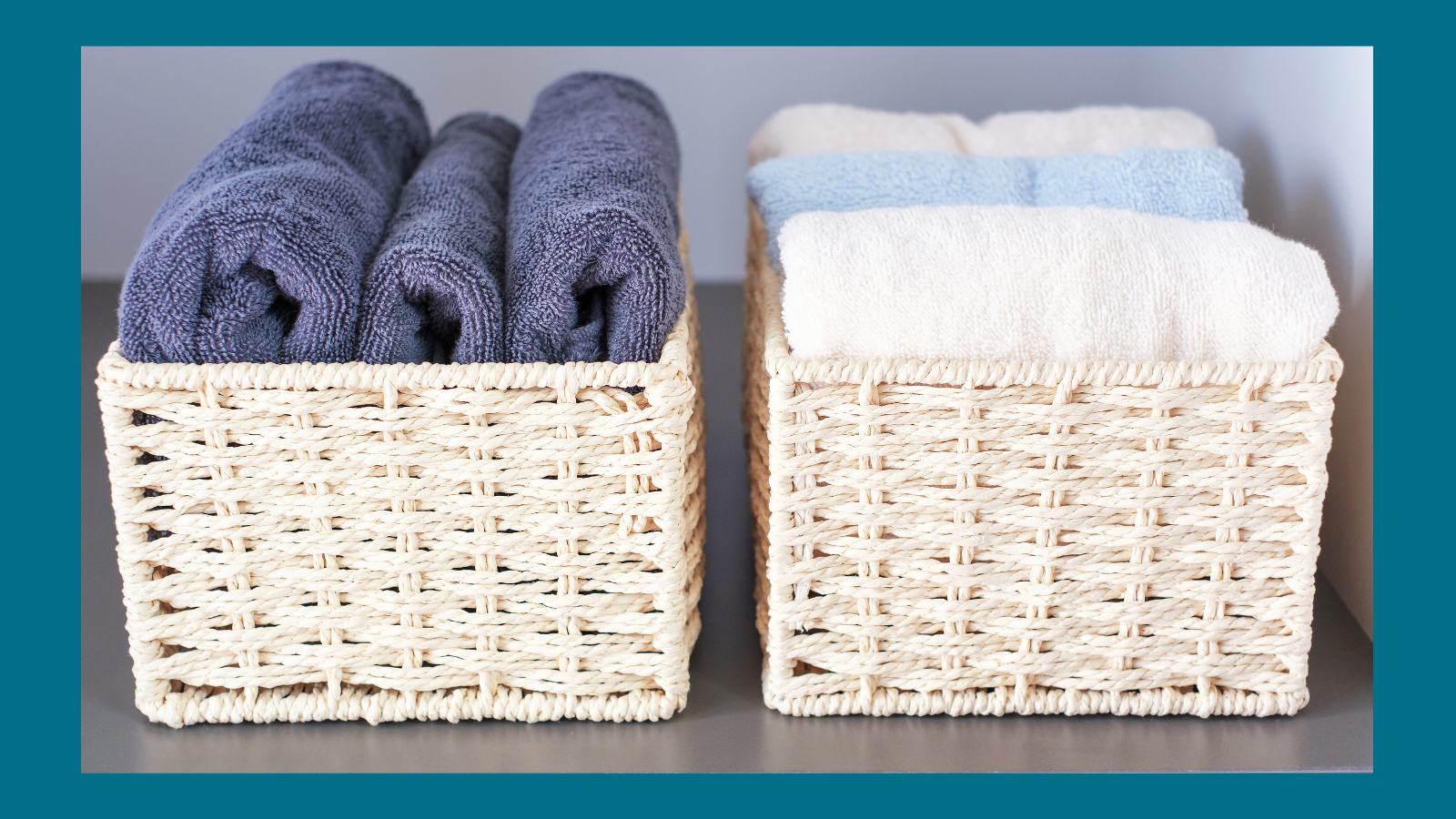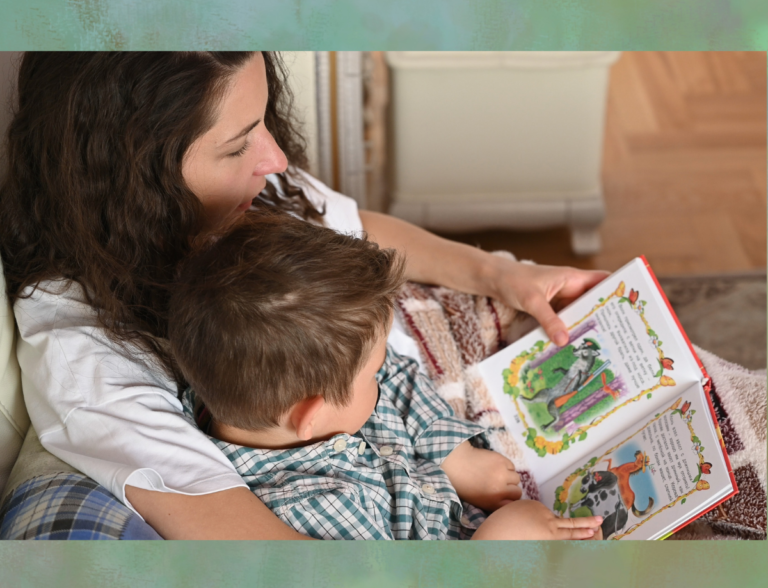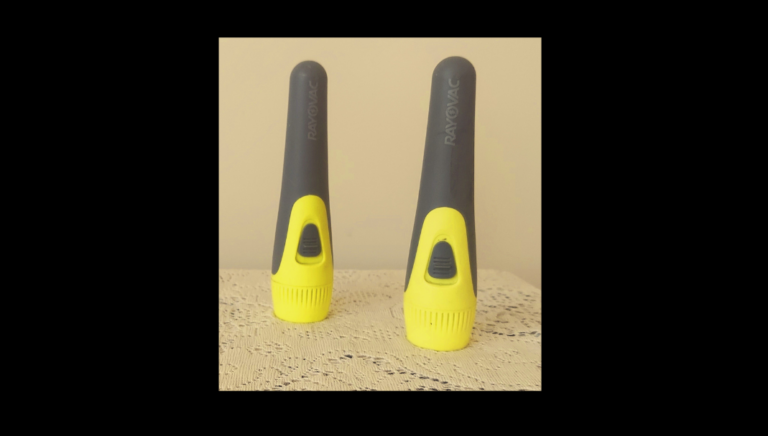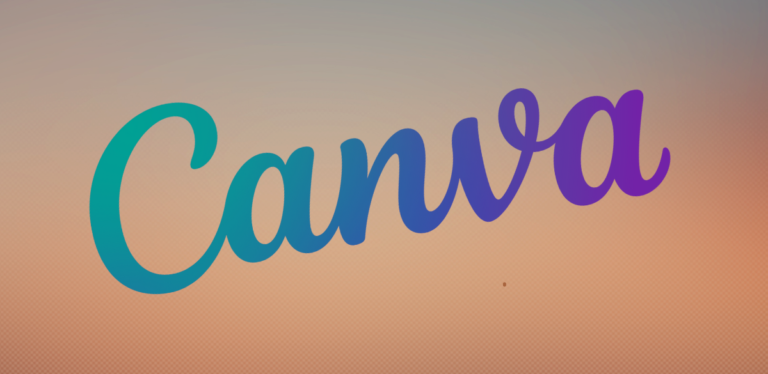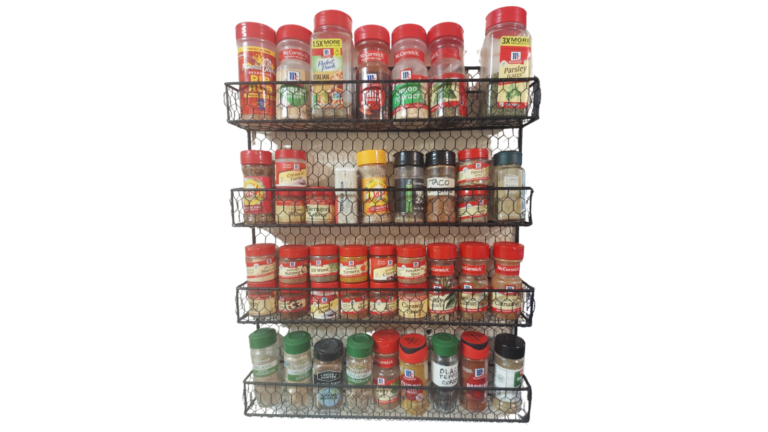Finding new ways to categorize different parts of your life can be fun!
I think my first experience with creating categories (or maybe I should say, WORKING with them) was in 2nd grade.
Using the list of 10 new spelling words we got each week, my teacher (Mrs. Carrithers) had our class do something different with those words each day of the week.
Monday was the day we had to write each word 10 times. On Tuesday, we had to write a sentence for each word. Wednesday was “rhyming day,” when we needed to come up with as many words as possible that rhymed with each word.
And Thursday (my favorite) was when we had to write a short story that included all 10 words. (Looking back, I’m guessing that my teacher probably had a good laugh over some of the stories she read.)
The categories my teacher chose to use were the days of the week.
At the time, of course, I knew nothing about categories. I just knew I had fun doing so many things with a new list of spelling words each week!
My experience ties in closely to something I talk about later in this issue – how word play (including the act of categorizing) helps to develop learning skills in children.
So Natural It’s Almost Invisible
ALL of us, to some degree, get into the habit of grouping things together at a pretty young age.
Maybe it’s because we’re exposed to this wherever we go. Products in grocery stores are sorted by type (some more logically than others). Bookstores organize their books on different shelves, in different sections. And libraries like the one I grew up visiting during my childhood (San Francisco’s main branch in the city’s Civic Center) even had entire floors devoted to certain categories of books!
Bedroom closets and office desks are other places where categories become obvious … if we stop to notice them, that is.
Helps Us ‘Tame the Chaos’ in Our Lives
Of course, some people take the act of categorizing to extremes … like arranging every item of clothing by color or putting labels on every box or drawer, so they won’t forget what’s inside.
But as a rule, learning how to categorize is a skill that can help things run a lot smoother (and faster) in our lives. This is especially true in business, but it comes in handy in our personal lives, too.
Two of the most important areas where categorizing is helpful are EMAIL INBOXES and DIGITAL CALENDARS.
Your Email Inbox
✅ Create a folder for each company or person whose email messages you’d like to save.
✅ From then on, whenever you receive email messages from that person (or company), label the message with their name, then click the “Archive” icon to move the message into that folder. (HINT: Archiving can be done whether you’ve read the messages or not. Unread messages will show up in bold, making it easy to find and read them later. )
✅ You can also create SUBfolders – very handy when several of your folders are related in some way. For instance, maybe you’re a member of a group. Searching for a message from one of those people is much easier when the message is in a folder labeled with that person’s name – inside the folder labeled with the GROUP’s name.
Your Digital Calendar
✅ Google Calendar is the digital calendar I use. I like it because I always have access to it, whether I’m on my phone or sitting at my laptop.
✅ I also like the fact that I can color-code my calendar! (This is a feature I didn’t discover until about a year ago, but I use it all the time now.)
Color-coding has made a HUGE difference in categorizing the different parts of my life. Being able to see when Zoom sessions are happening or when I’ve got a doctor’s appointment coming up – with just a glance – makes it easy for me to quickly let someone know if I’m available on a particular day or at a certain time.
✅ Flexibility is another advantage with this calendar. Whenever I have to move something to a different day or time, I just click on the event, change the time or day, and it shows up in the new time slot. (Color coding makes it easy to see if the event actually got moved to the right spot!)
One of the most important things to look for in ANY digital calendar is the ability to sync between your phone or tablet and your computer (whether laptop or desktop).
Good for Kids, Too!
Those of you who have young children or grandchildren in your lives might be interested to know that the act of classifying (categorizing) is an excellent way to help children develop stronger thinking skills later in life.
According to Georgia Pathways (a resource for deaf or hard-of-hearing children and their families), categorizing everyday objects (like clothes, for instance) is good practice for learning how to organize concepts, ideas, and thoughts.
* * *
So why bother creating categories? There are many reasons, but I think the main one is this:
Chaos control through streamlining – and organizing – your systems

